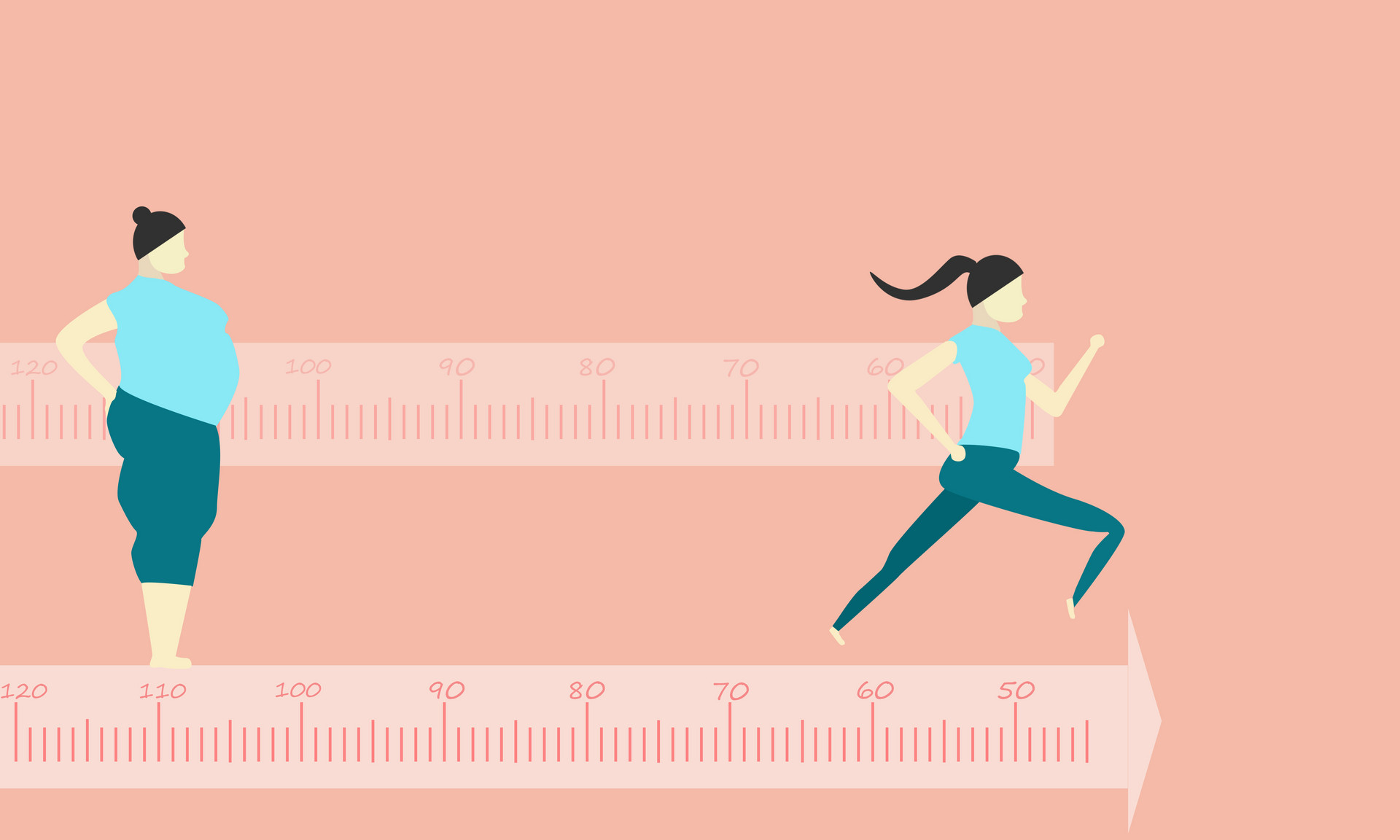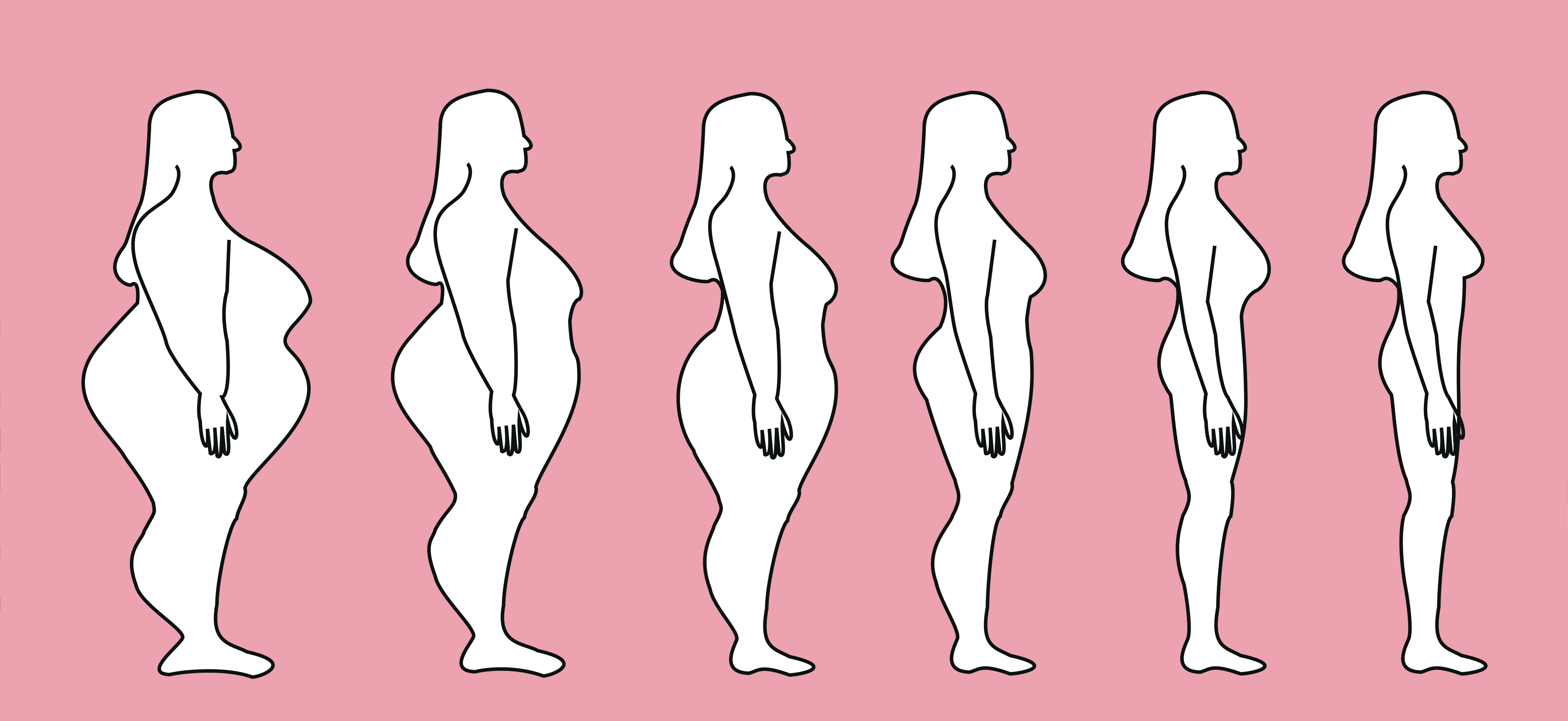In the prevention and treatment of hypertension, exercise therapy has been recognized by the World Health Organization's International Society of Hypertension as one of the effective measures to lower blood pressure. Moderate exercise can improve the elasticity of blood vessel walls and maintain good dilation function of blood vessels. For patients with cardiovascular diseases and hypertension, the best time for exercise is in the evening.
During the period from 6 am to 9 am, after a night of sleep without drinking water or physical activity, the blood flow slows down and the blood in the blood vessels becomes thicker, causing periodic blood viscosity. At this time, exercise is more likely to cause myocardial infarction and cerebral infarction.
In addition, the sympathetic nervous system activity is higher during this time, heart rate is prone to increase, and blood pressure may rise. If exercise is persisted, there is a risk of arrhythmia or even sudden death.
Therefore, patients with diabetes and cardiovascular diseases should schedule their exercise time in the afternoon and evening.
During exercise, aerobic activities such as walking can be adopted. Walking is the simplest and most accessible exercise for lowering blood pressure. It is recommended to walk for 30 minutes each time, with a total walking time of at least 1 hour each day. The posture during exercise should be with head held high, chest out, take big steps, and swing both arms. The stride length of brisk walking is generally about one-third of height, and the stride length of fast walking is slightly less than half of height. Walking on flat ground and slopes can be alternated. In terms of breathing, it is recommended to do abdominal deep breathing while walking, such as inhaling for 3 steps and exhaling for 5 steps.
Hypertensive patients should choose exercises that are not physically demanding, have simple and easy-to-learn movements, do not require excessive bending or bending over, but can involve the whole body and have slow movements, such as Tai Chi, walking, jogging, table tennis, badminton, and ballroom dancing.
According to tests, after performing a set of Tai Chi exercises, the systolic blood pressure of hypertensive patients can decrease by 10 millimeters of mercury. Most hypertensive patients experience a reduction in symptoms such as dizziness and palpitations after exercise, and their blood pressure also decreases to varying degrees.






